Your cart is currently empty!
Courtesans – China’s Earliest Poster Girls
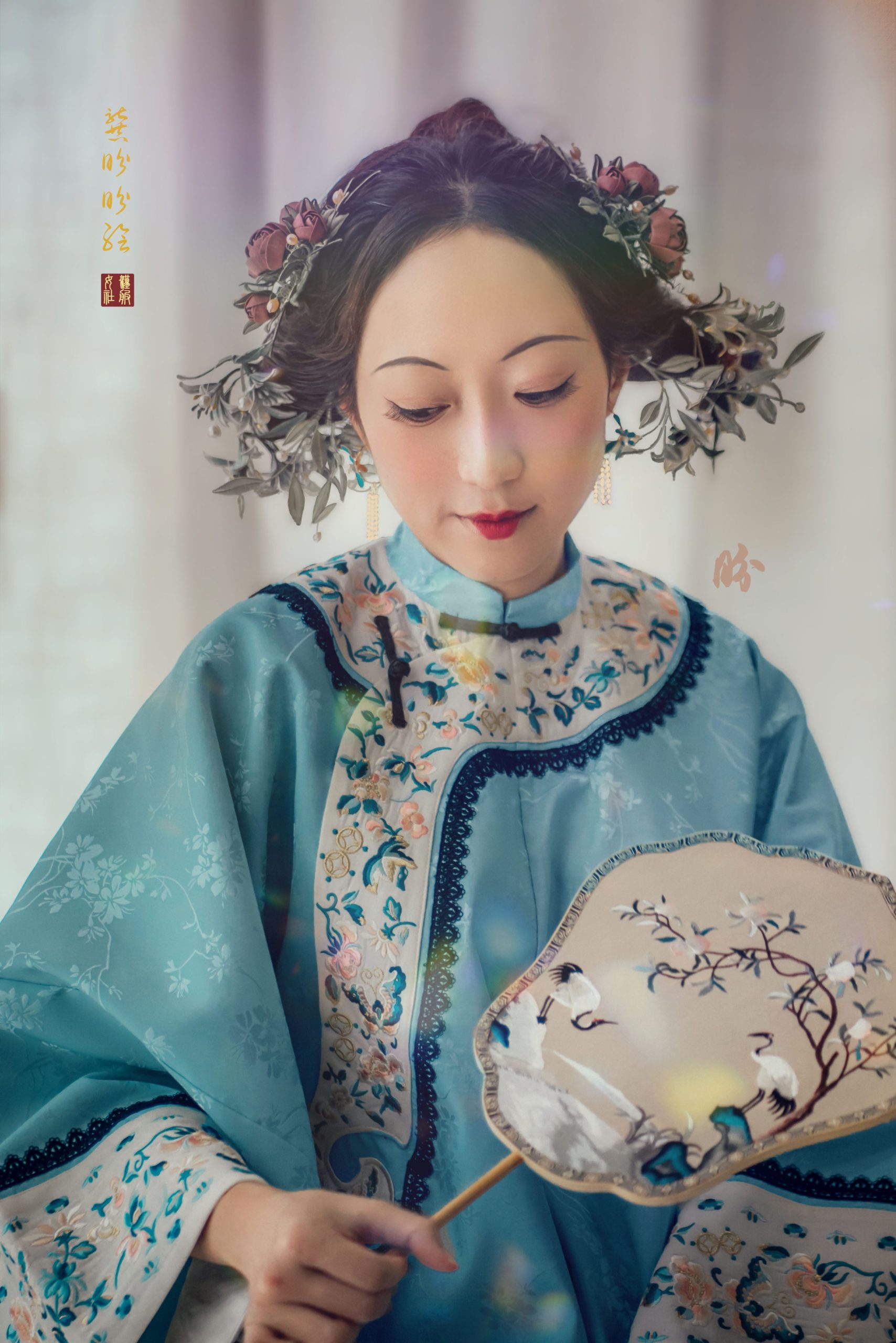
Chinese Courtesans are probably China’s best kept secret and earliest influencers in fashion and lifestyle.The famous horse-face skirts that were popularly amongst Ming dynasty aristocrat ladies were said to be original worn by the courtesans of the previous period (Song dynasty), and the popularisation of Cheongsam, too, were in part due to the singing girls in early Republican era.
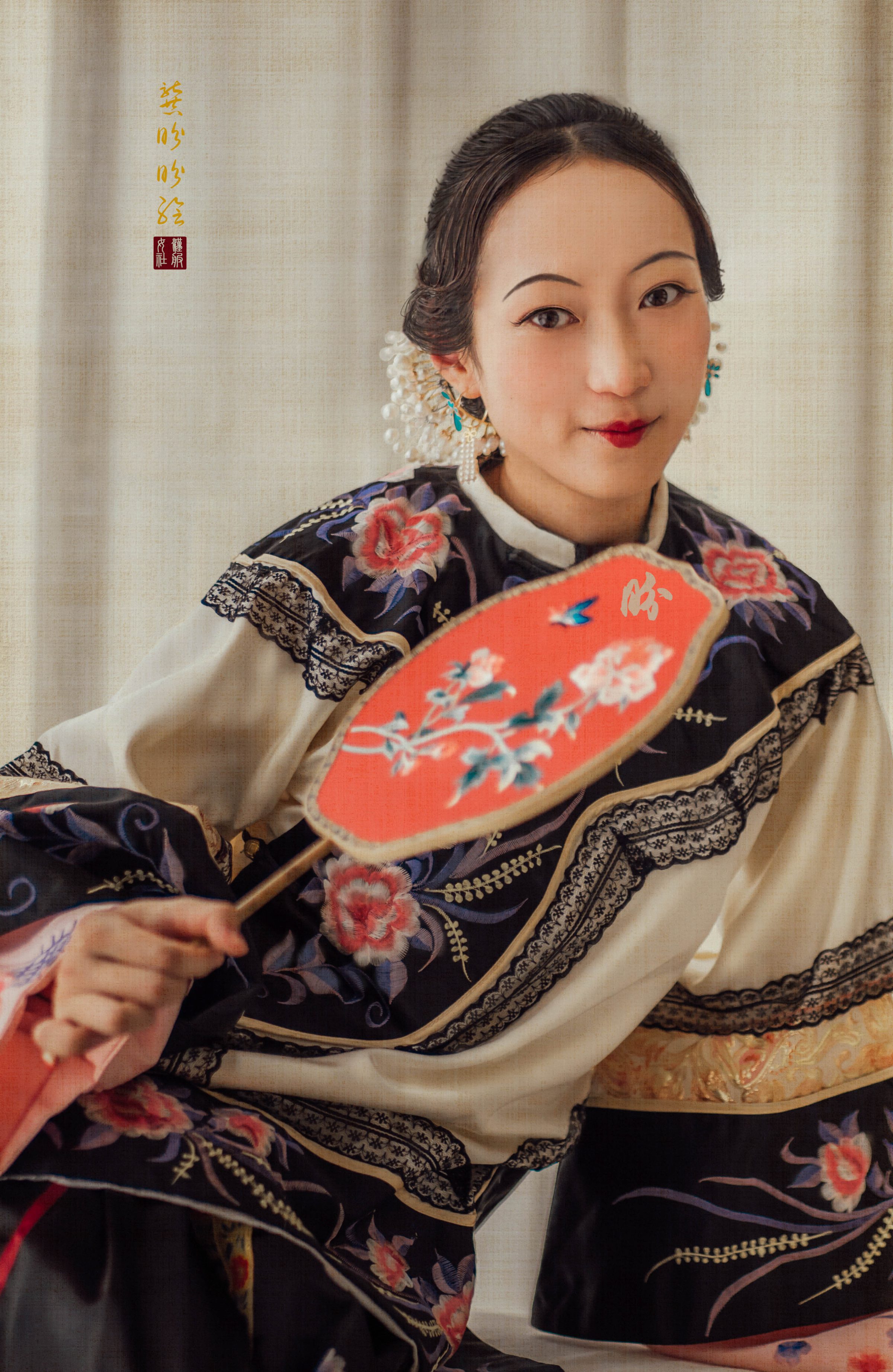
When we mention Poster Girls of China, we probably think of the posters from the 30s with women dressed in Cheongsam gracing the covers of certain magazines or endorsing certain brands. Any earlier, it would have to be the subject of our discussion today–the courtesan of Qing dynasty.
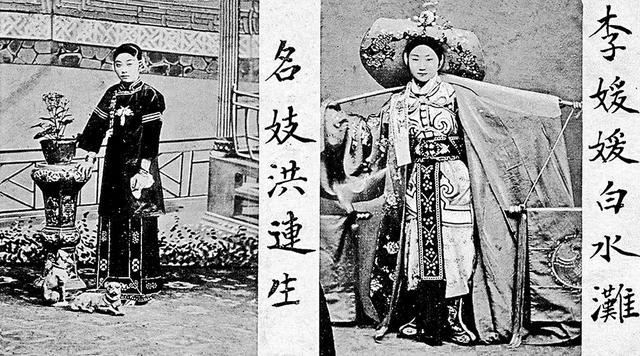
A quick search of early female portrait paintings, before the onset of photography, you would realise that they are predominantly depictions of noble women. And most of the times, these paintings were kept in private collections with only the formal looking ones available for public display. This is in line with the predominant idea in the last few centuries that women should be as private as possible. Courtesans, on the other hand, obey a totally different set of rules.
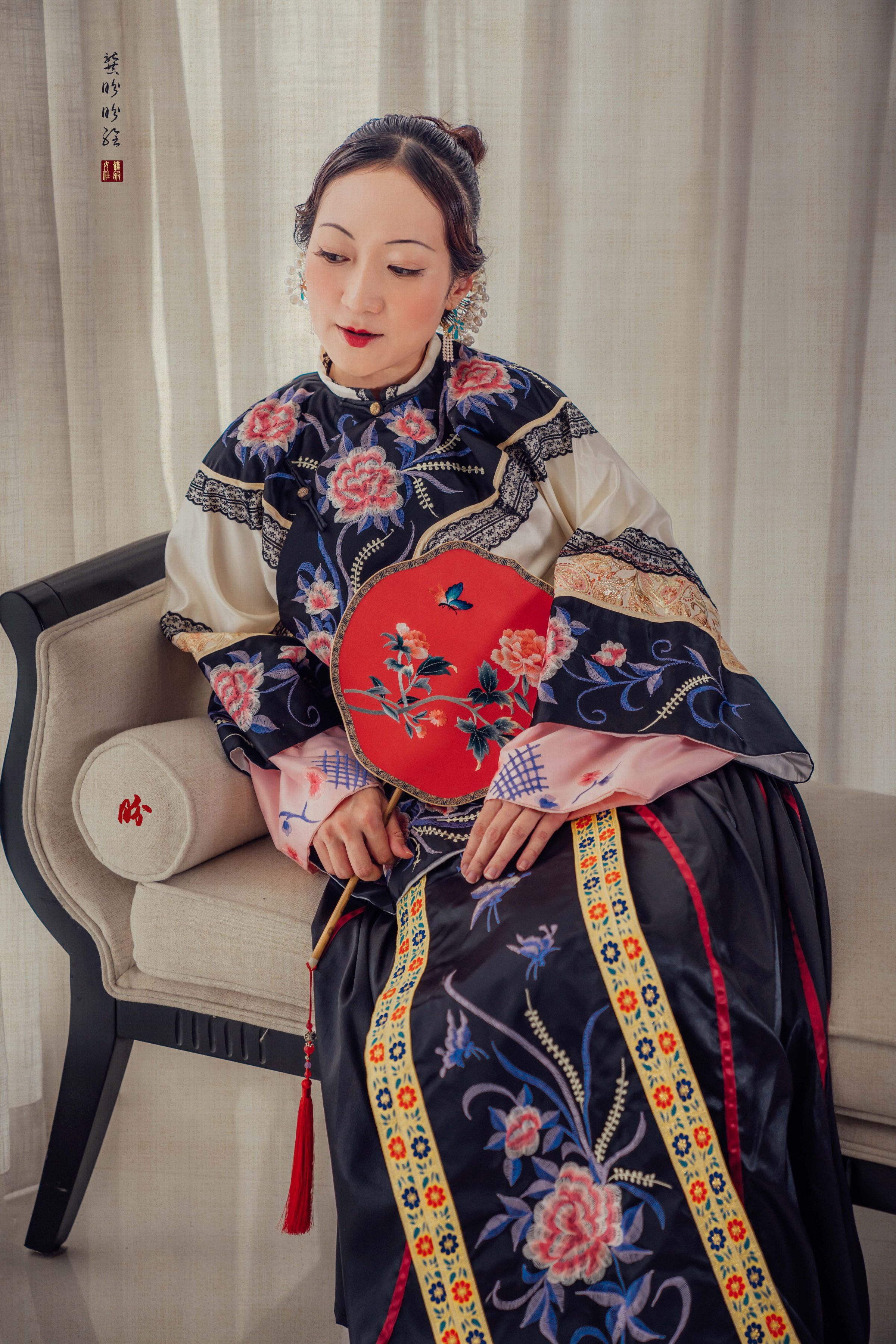
Unlike what poorly researched and cheaply produced TV shows would have you believe, courtesans of the past were more classy than trashy. They were better educated than the majority of Chinese women and were admired as celebrities since over 1,000 years ago.

Beauty Pageants amongst courtesans have existed for at least 1,000 years in China, but in 1897, such a contest was formalised and made public through a newspaper in Shanghai. The Courtesan pageant was divided into 3 titles:
- Flower pageant
Top courtesans who were well-read, educated and knowledgeable. This mirrors the Imperial Exam system which only men could participate in. - Talent pageant
Taking inspiration from the Tang dynasty Pear Garden arts institution (The first Arts school in Chinese history, set up by the Emperor Xuanzong who personally mentored courtesans/artistes and musicians), this category is to award to a courtesan of the highest artistic attainment. - Leaf pageant
There’s no flower without its leaves. This category is for the attendants of the top courtesans.
There was no reward for winners of these contests, but their contact details alongside with their nomination write-up would be published for those interested to know more 😉
I guess that’s the earliest form of “paid with exposure”.

Taking inspiration from the western voting system for political representatives, the pageant organiser started probably the earliest form of Voting Contests. The entire contest would start with an open nomination, where every single nomination letter detailing the virtues, beauty, merits, talents, knowledge of the courtesans would be published on the newspaper. Every nomination letter counted as one vote, and it was not limited to any nationality.

This is an export oil painting depicitng a “famous courtesan” painted in mid-1800s.
An American was said to have participated in the voting and he even wrote a complaint letter to the newspaper for awarding the title to the ugly ones instead of the good looking ones. Oh, the superficiality!
Little did he know, one of the critical scoring criteria was how many books, and how widely the courtesan read. Oh, the ignorance!

Now that we’re on the topic of foreign men and their superficial appreciation of the exotic Chinese beauty, we have to mention the oil paintings of Qing courtesans which were sold as souvenir paintings for overseas market.
In the 1800s, Guangzhou was a thriving port for international trade. With that, emerged a popular trade of portrait painting for the general masses, as well as the souvenir paintings. One of the most popular term for painters and shops selling western-style paintings (usually painted by locals in the western style), would have the name “Gua/qua” attached to it, so painters and shops would call themselves [insert name]-Qua. The Qua reference originated from the Portuguese term Quadro (which means frame).
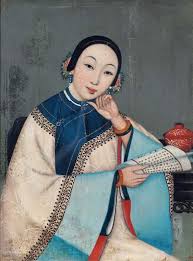
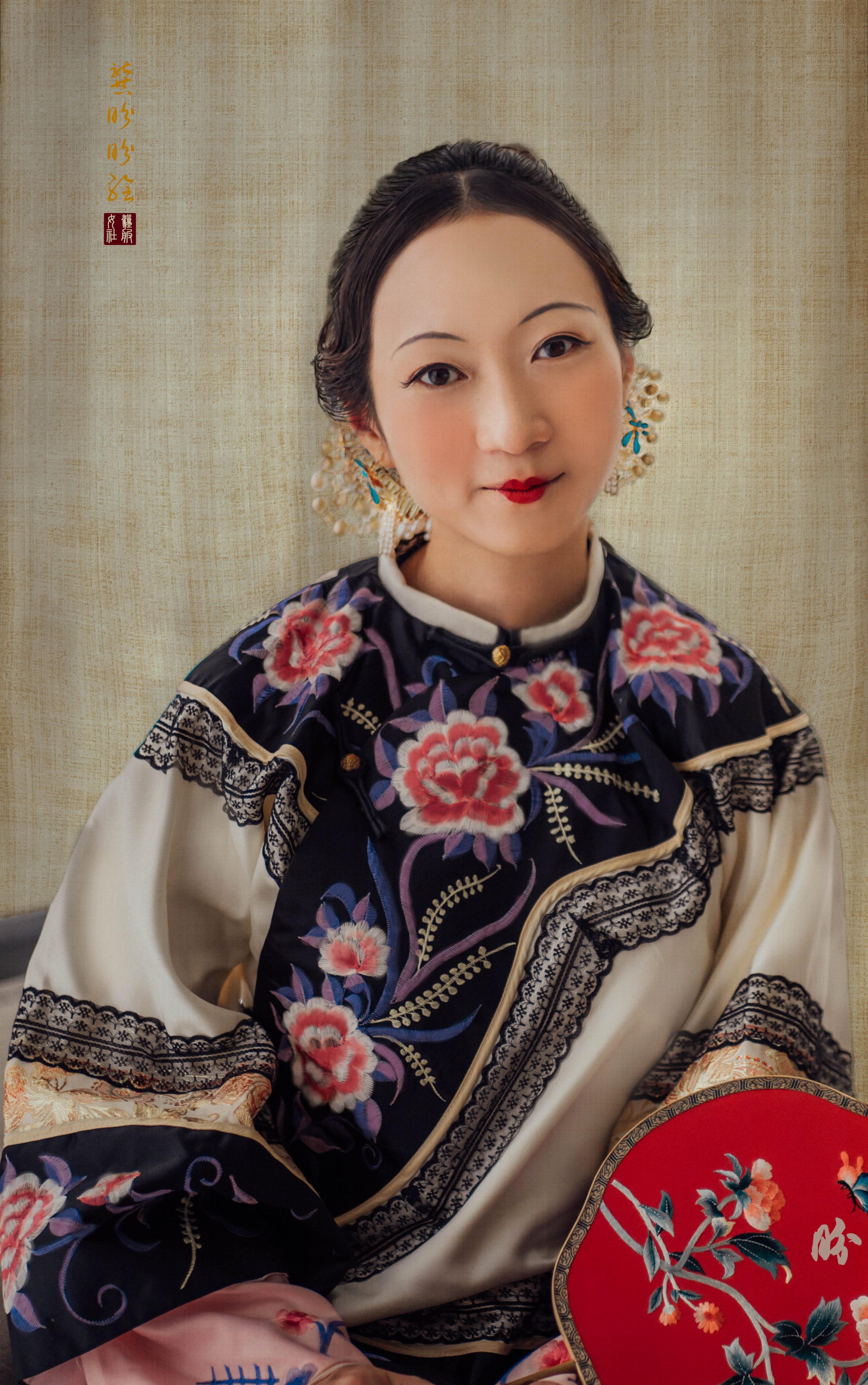
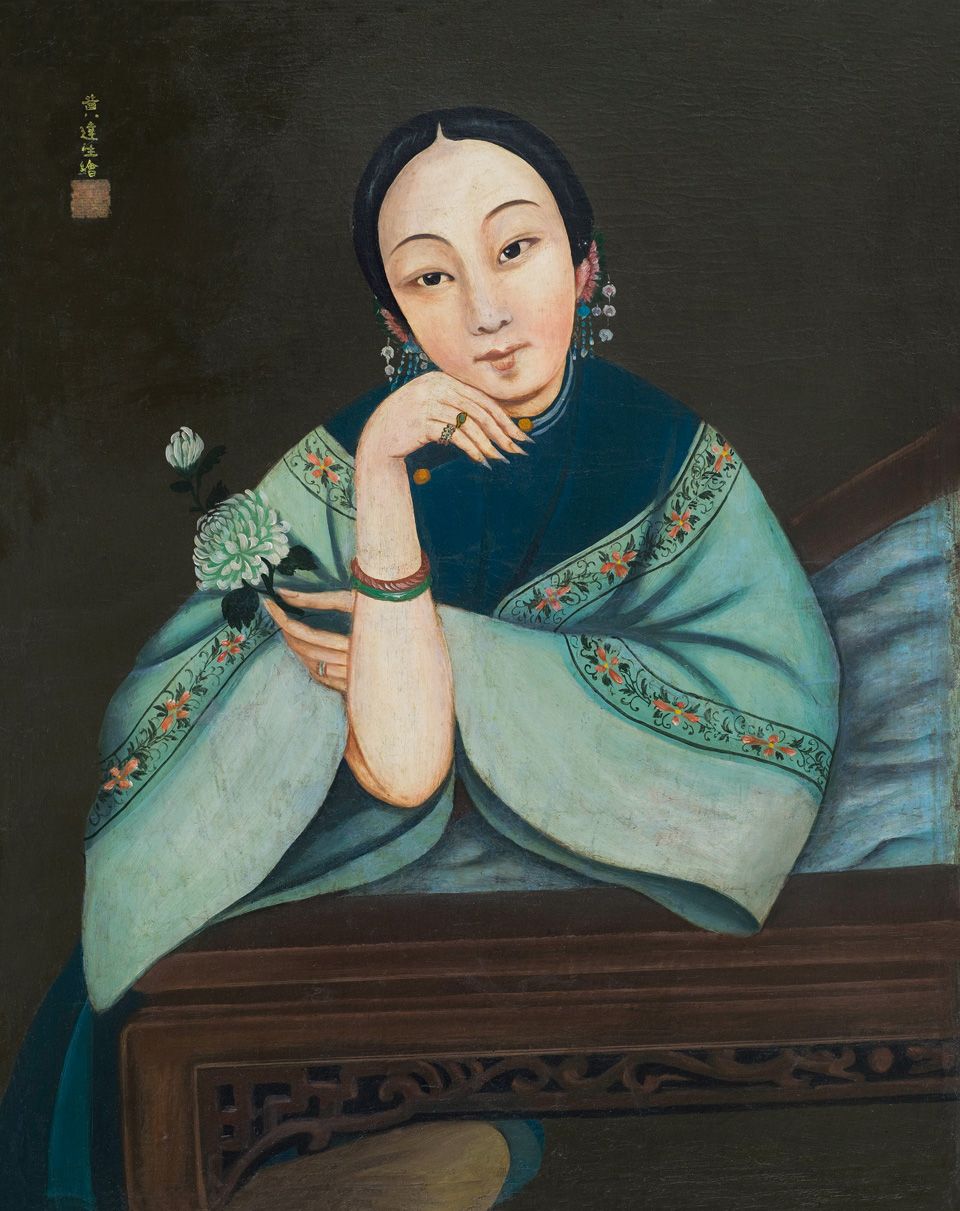

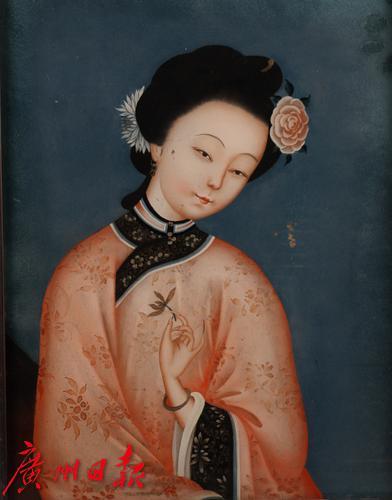

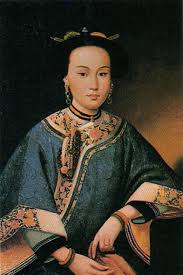
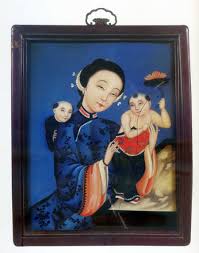
Of course, we would be naïve to believe that Andy Warhol started the whole Warhol Factory with production lines of artworks in the 1960s. The Chinese, being the production house for many artistic wares (i.e. Chinaware) had been at it for centuries and oil painting was no exception. The well-known Quas of Guangzhou would have many assistants paintings in their workshops and selling them off cheaply to earn quick profit. Most of the times, the export paintings would bear no signatures–nobody cares, unless the painters were well-known in which case they would sign those pieces.
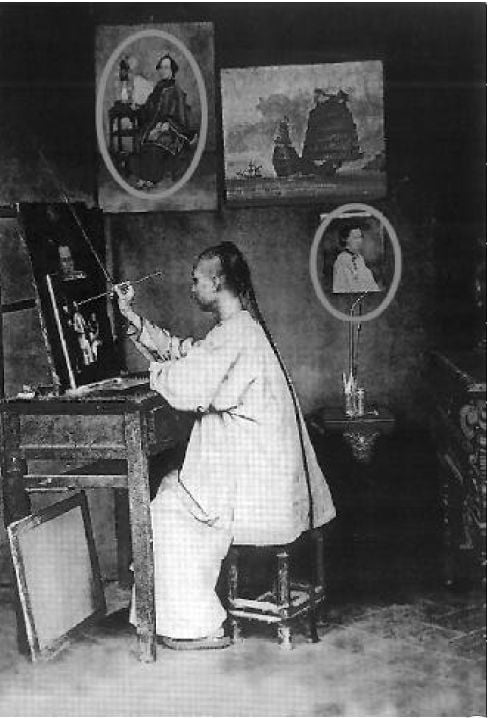
There were many interesting stories of rivalry between fellow painters, foreign painters and local painters, foreign teachers and their more commercially successful student all in the name of profit. And after China lost the first Opium War, it opened up more of its ports, and the exclusivity of Chinese content and imagery in Guangzhou was greatly reduced. The foreign market in the West with their China Mania in the mid 18th century were also increasingly more exposed to Chinese imagery, and were more discerning consumers of such ‘exotic’ souvenir paintings. Eventually, the painters didn’t end up earning much, and some went to Hong Kong, or Shanghai to seek alternative patronage and market.
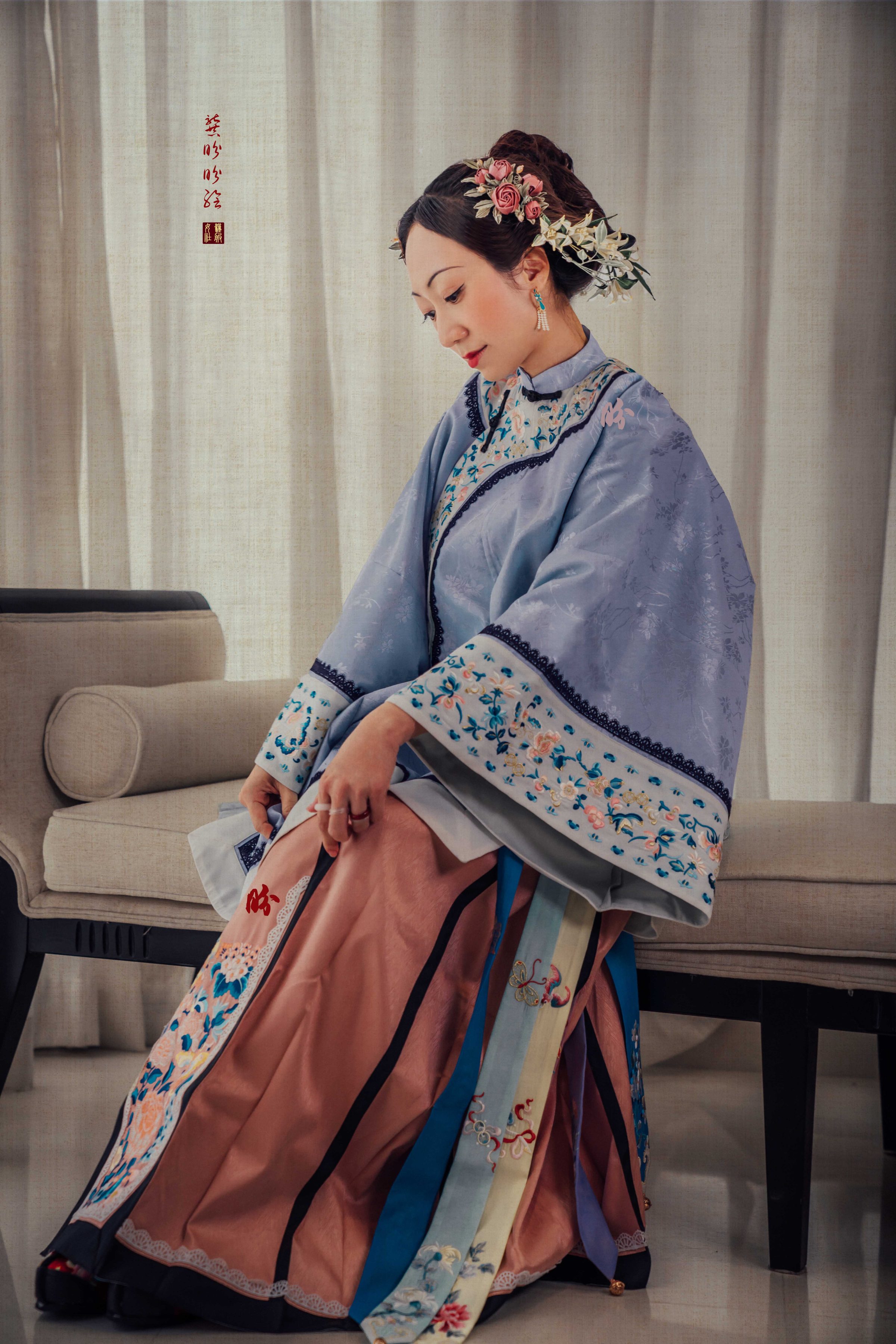
While we’re at the topic of foreign influence in Chinese art, I would like to bring your attention to the Qing dynasty Madonna and Child paintings. Jesuits have been in China for centuries since the Ming dynasty, and we could find traces of these localised imagery of Madonna and China since the Ming period. I love how these Madonna and child were obviously Chinese, and shows the importance of remaining relevant to the target audience through decontextualisation. So I thought of doing one of my own (diaper included–Pampers should totally sponsor me :P).
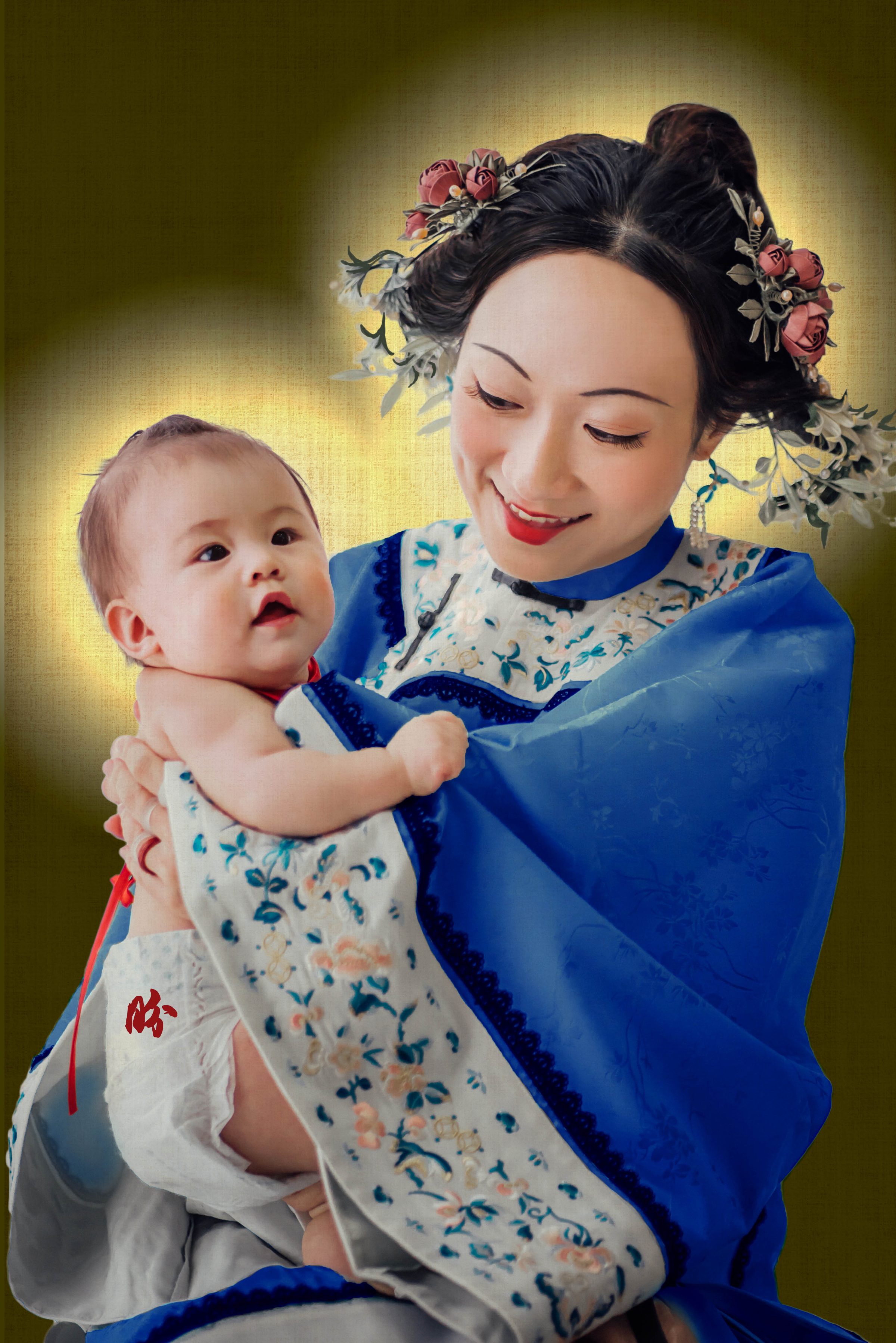

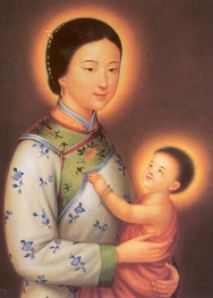
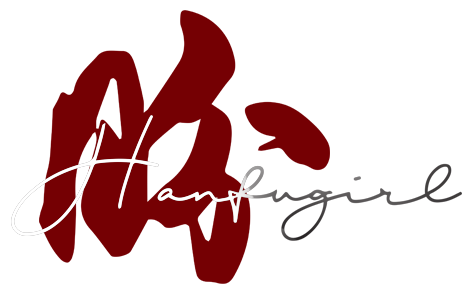
Leave a Reply